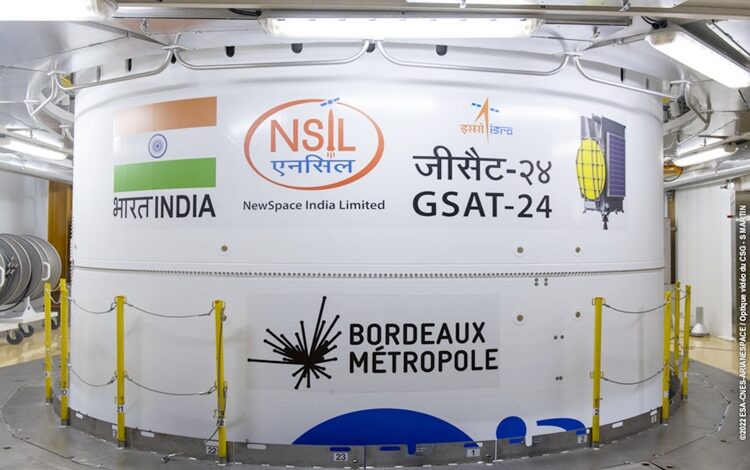ISRO and Hughes will start India’s first satellite broadband service
Now remote places and rural India will be able to have high-speed broadband, this technology will bridge the gap between the places where it was hard to lay optic fibre.

ISRO in collaboration with Hughes Communication India has launched the first high throughput satellite (HTS) broadband internet service in the country. Hughes Communications had been testing its operation in Northern India for the last year. This comes at a time when Elon Musk-owned Starlink has abandoned its operations in the country after failing to get the necessary approvals.
The main purpose of developing such technology is to provide high-speed broadband across the country, including in the most remote areas beyond the reach of terrestrial networks, thus connecting enterprise and government networks. “At ISRO, we are committed to exploring and expanding the ways we can work with the private sector to help improve people’s lives and bridge the digital divide,” said Dr S Somnath, Secretary, Department of Space and Chairman, ISRO.
From northeast to desolate parts of Leh and Ladakh, the company, using ISRO’s Ku-band capacity of GSAT-11 and GSAT-29 satellites, has promised to deliver high-speed satellite broadband services to remote locations across India.
Through the HTS technology, the company is already assisting the Indian Army, and paramilitary forces patrolling the Line of Actual Control (LAC) and other remote border outposts.
“With the new HTS capabilities powered by ISRO satellites, we are confident that HCI will continue to deliver excellent quality satellite broadband services and further enhance the connectivity experience that accelerates India’s digital transformation,” Somnath added.
Hughes provides B2B solutions for example cooperative banks, SMEs and many internet providers take the help of HTS. Hughes has 1 Gbps of capacity on HTS but expects to grow it from 10 Gbps to 100 Gbps in the future.
Hughes is planning to compete with Elon’s Starlink and Amazon web service, the main advantage Hughes has is its pricing. Since the whole High-throughput Satellite differs from a conventional satellite in the sense that it increases capacity when using the same amount of orbital spectrum while simultaneously reducing the cost per bit.
According to Chatterjee, “HTS provides much more bandwidth. It provides much lower-cost bandwidth, and it provides a much higher user experience.”
HTS uses spot-beam to perform its operations, unlike traditional satellites which use a broad single beam or few beams. Spot beam technology allows focus on a limited area and provides seamless and fast connectivity.



